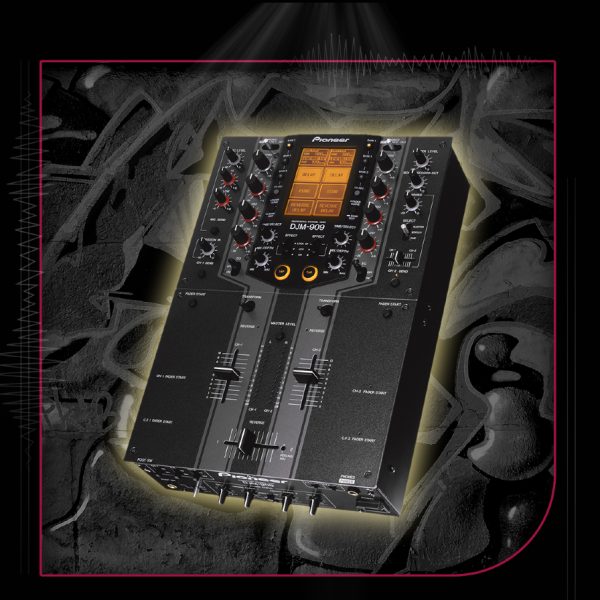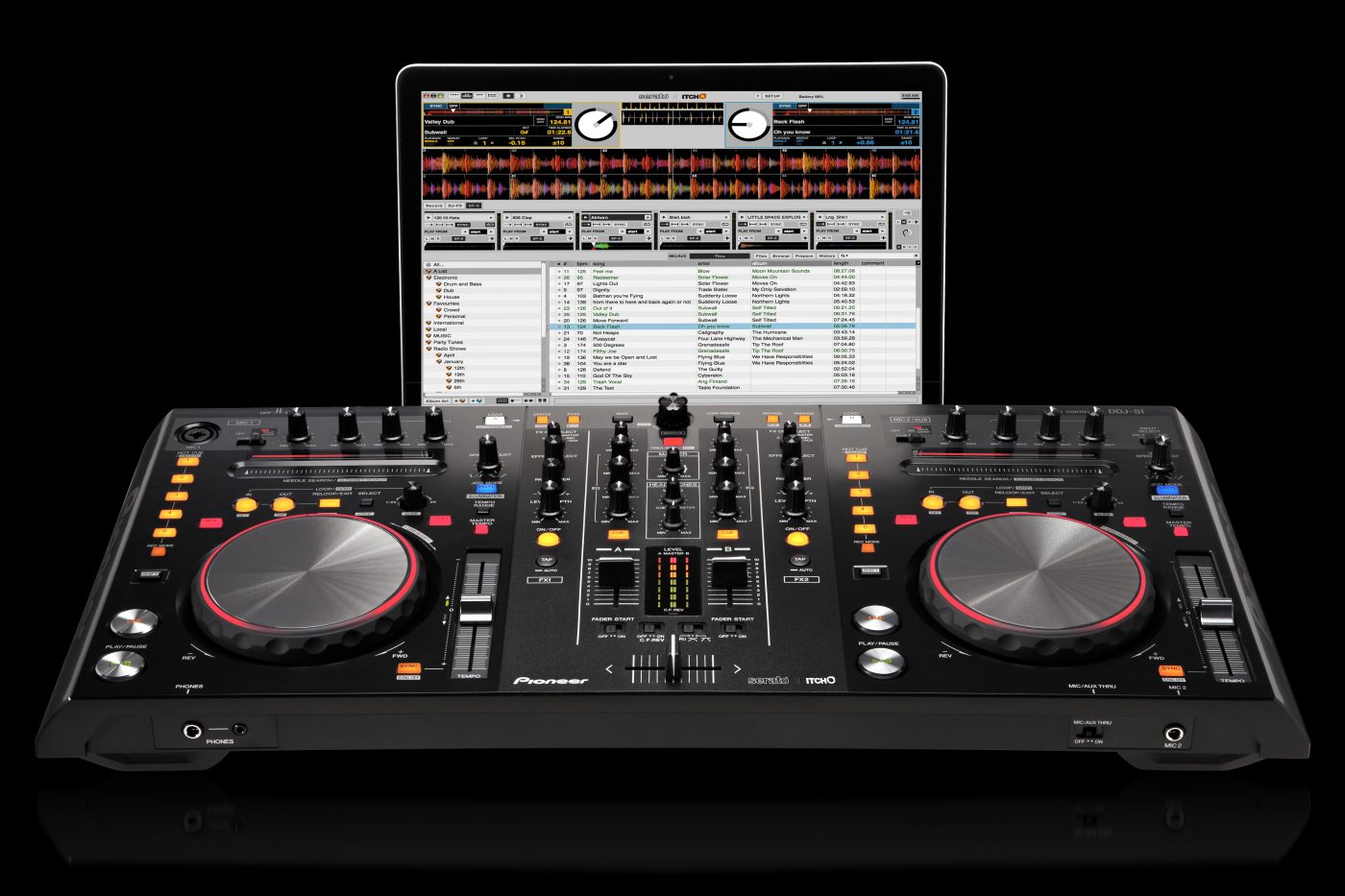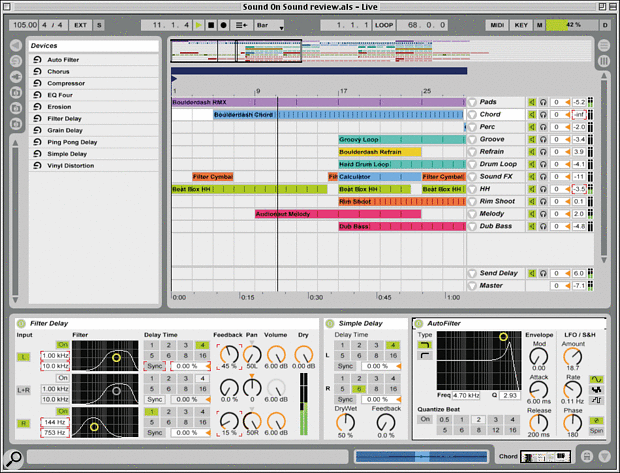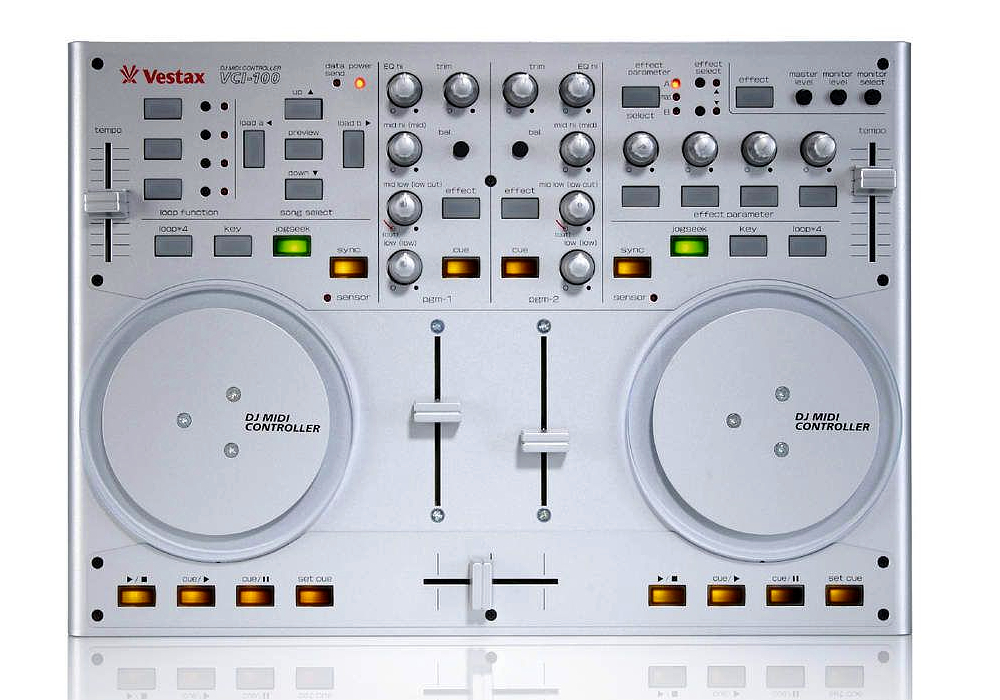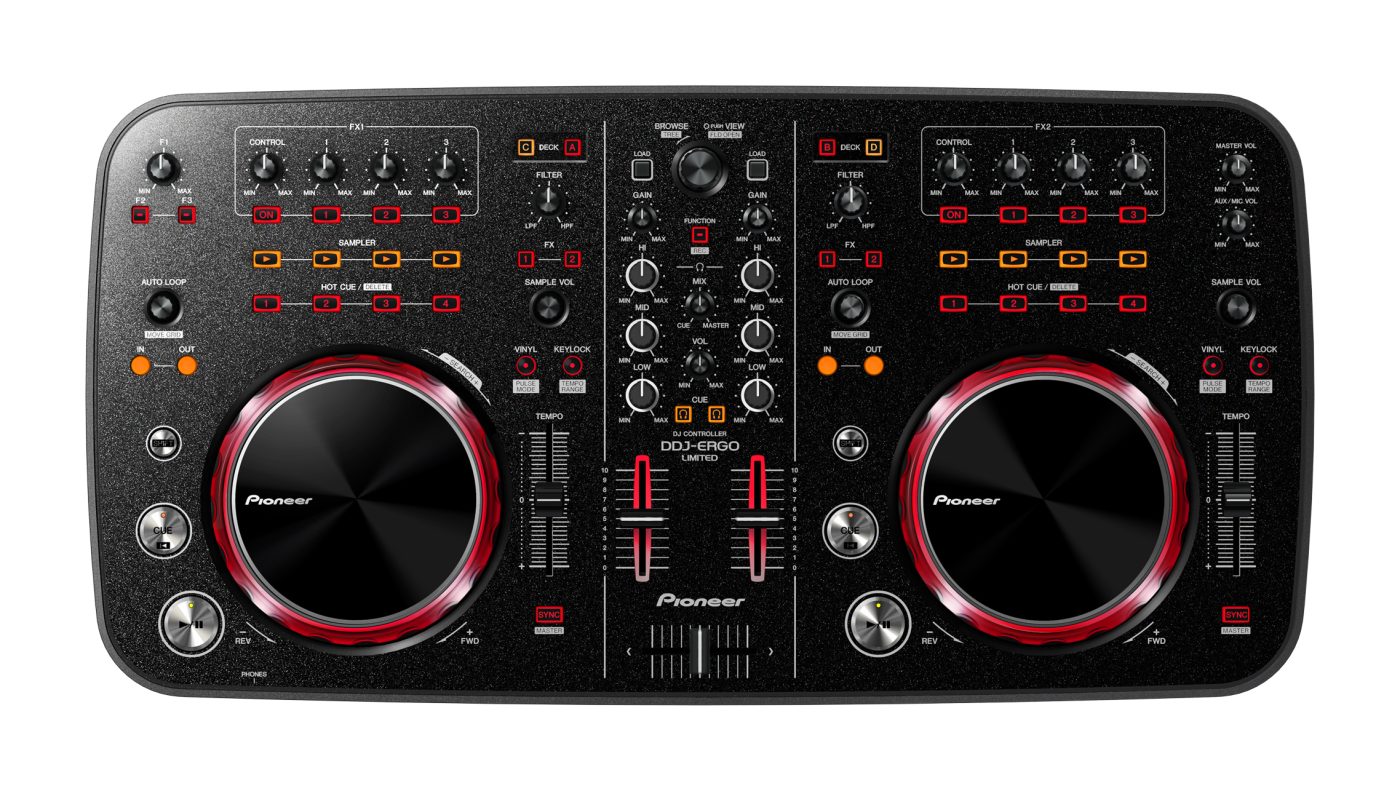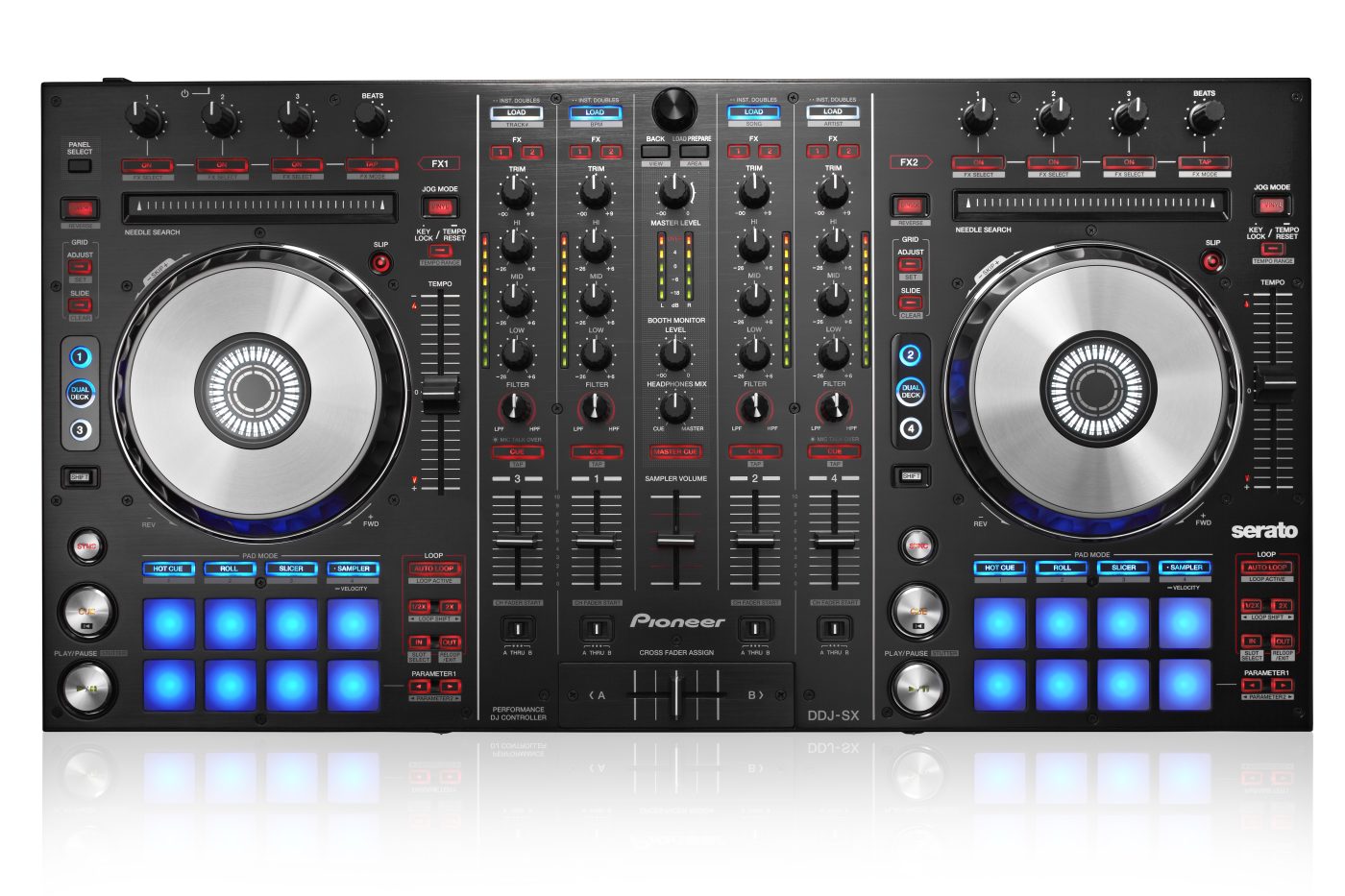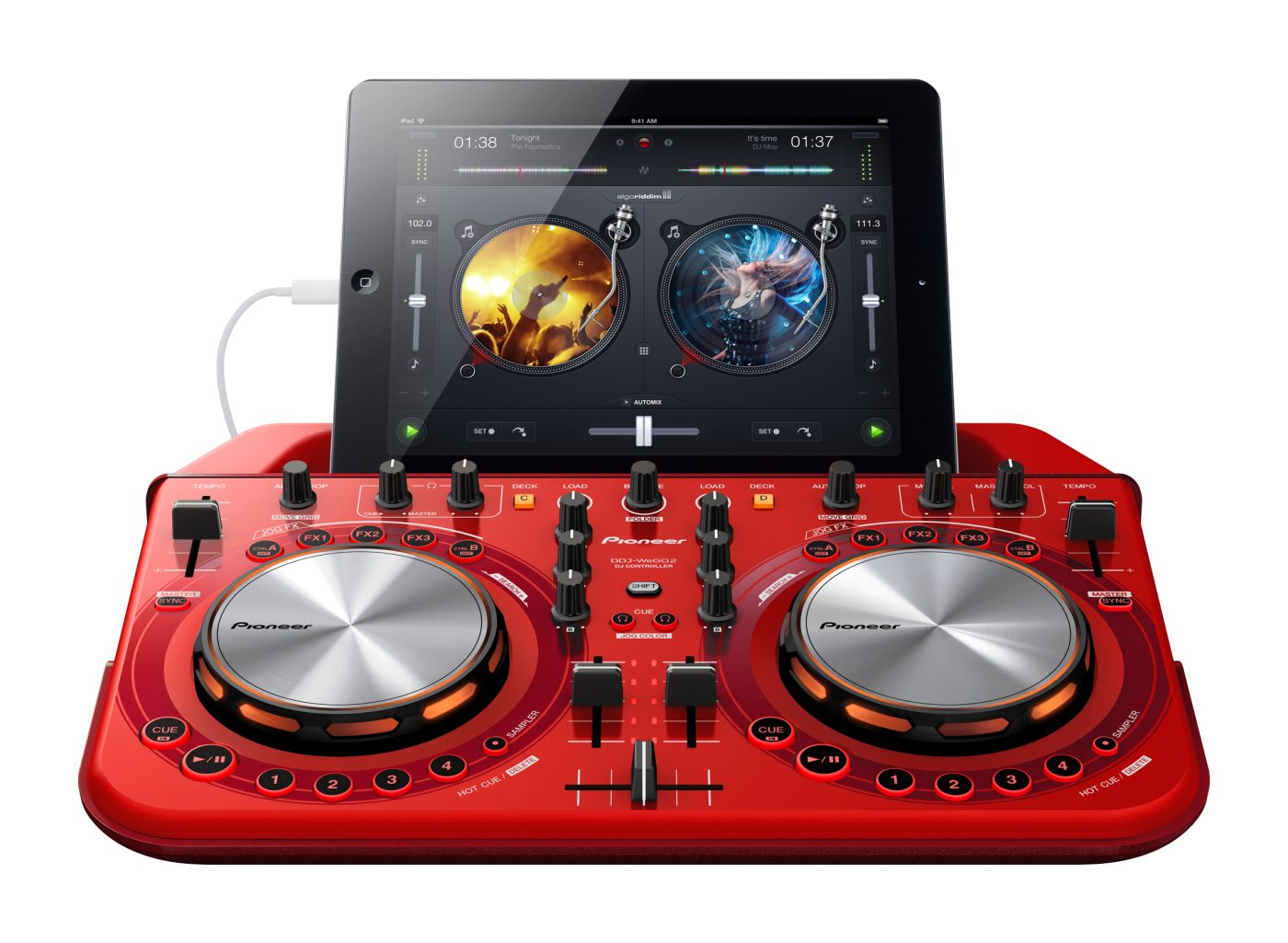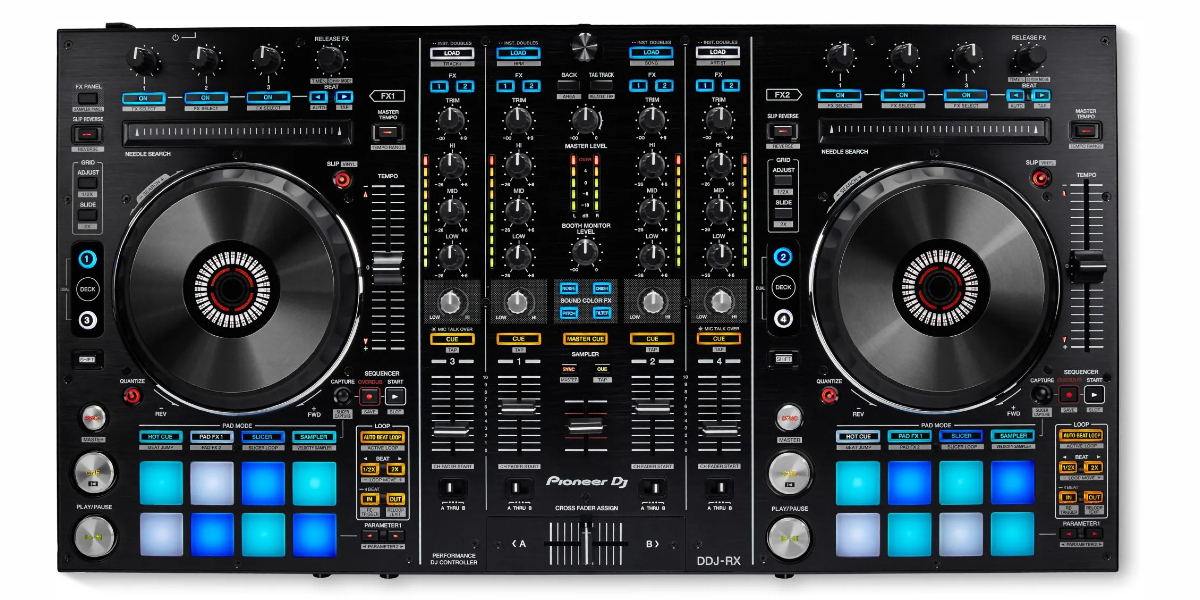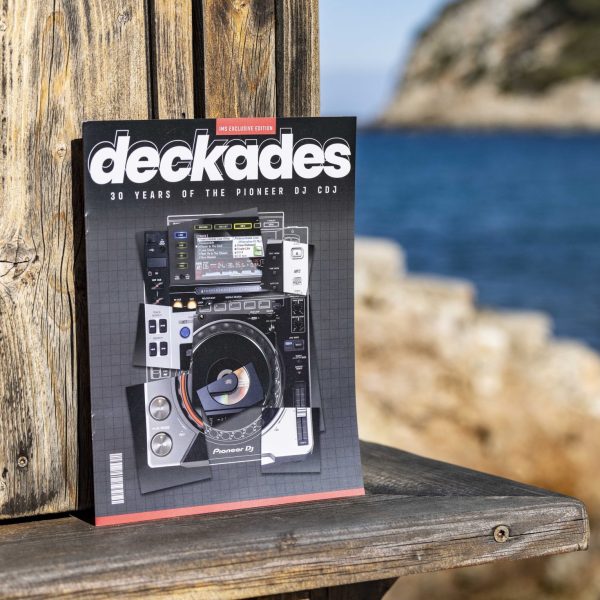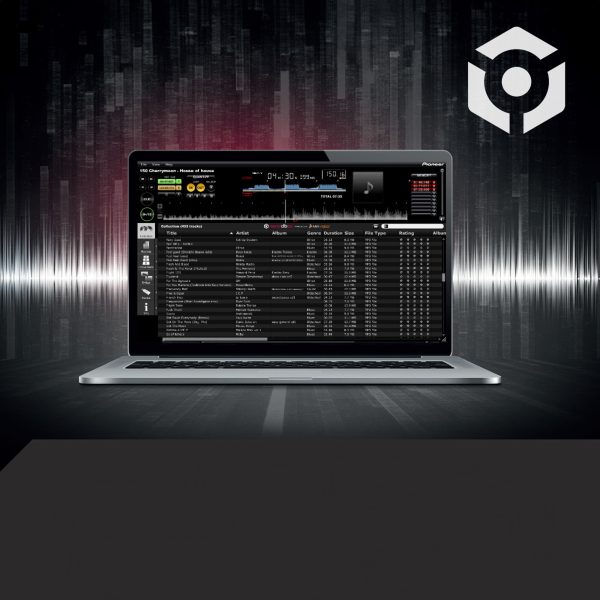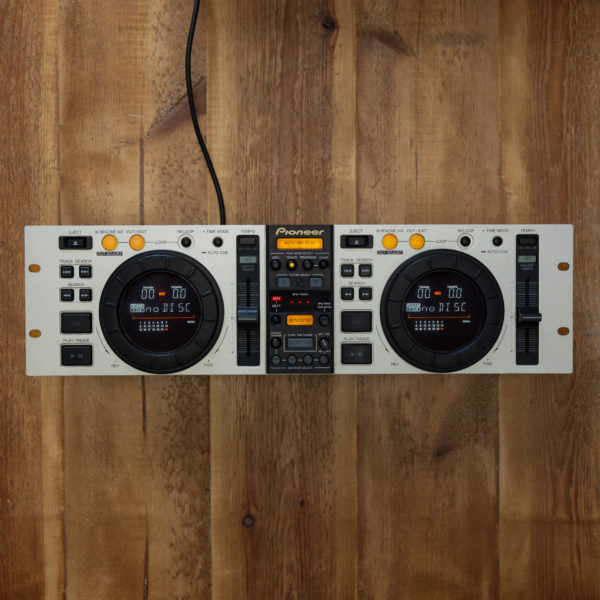The effects of these developments (and we haven’t even yet mentioned the then-burgeoning MP3 format) may have only created ripples in the DJ market at the time. But in the coming decade their collective impact would be seismic.
“In the early 2000s, the music industry was undergoing a major transition—from CDs to digital file formats like MP3s,” said Takafumi. “During this period, software applications such as Traktor and Virtual DJ emerged, enabling DJ performances using a personal computer.
“At the time, professional DJ equipment remained expensive and difficult for beginners to access. In contrast, DJ software was more affordable and quickly gained popularity, particularly among entry-level users. However, operating these applications with a mouse was not intuitive, and demand gradually grew for external controllers that could offer a more tactile and expressive performance experience.”
“Looking back now, it seems like a time of incredible change, upheaval, and innovation,” said Ean Golden, founder of DJ Tech Tools. “The early 2000s in DJing were really exciting and fresh! There was a tremendous feeling of possibility and creativity. For the longest time, we’d been restricted to vinyl and some fairly primitive CD players. Suddenly, we could loop, change speed without affecting pitch, and carry thousands of songs around easily.”
While Final Scratch, Ableton and the CDJ-1000 were key milestones in the early 2000s DJ tech boom, several other products also shaped the emerging landscape. One of the most influential was Serato Scratch LIVE, released in 2004 as a collaboration between software company Serato and hardware manufacturer Rane. Scratch LIVE became known for its accurate vinyl emulation and user-friendly interface, while the robust integration with Rane’s hardware—like the SL1 audio interface—helped accelerate the adoption of digital DJing, especially among the hip-hop community.
Mixvibes, a French company founded in 1999, also made contributions with its own DVS solutions and DJ software. Their affordable DVS offering, released in 2003, expanded the market, appealing to both club DJs and hobbyists. Another intriguing and influential product was Miss Pinky, introduced around 2003. This independent, budget-friendly DVS solution appealed to experimental DJs and live performers due to its flexibility and Ableton Live integration.
By 2006 and into 2007, DJ controllers had become a rapidly developing new market. Brands like Numark, Allen & Heath, M-Audio, Faderfox, Behringer, and Denon all released MIDI controllers. However, it was Vestax’s VCI-100, introduced in early 2007, that would become the most influential product of this wave. The VCI-100’s robust, metal build and intuitive layout made it feel professional and performance-ready, setting it apart from many of its plastic contemporaries.
